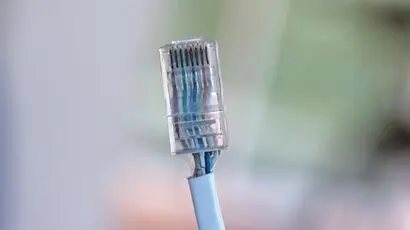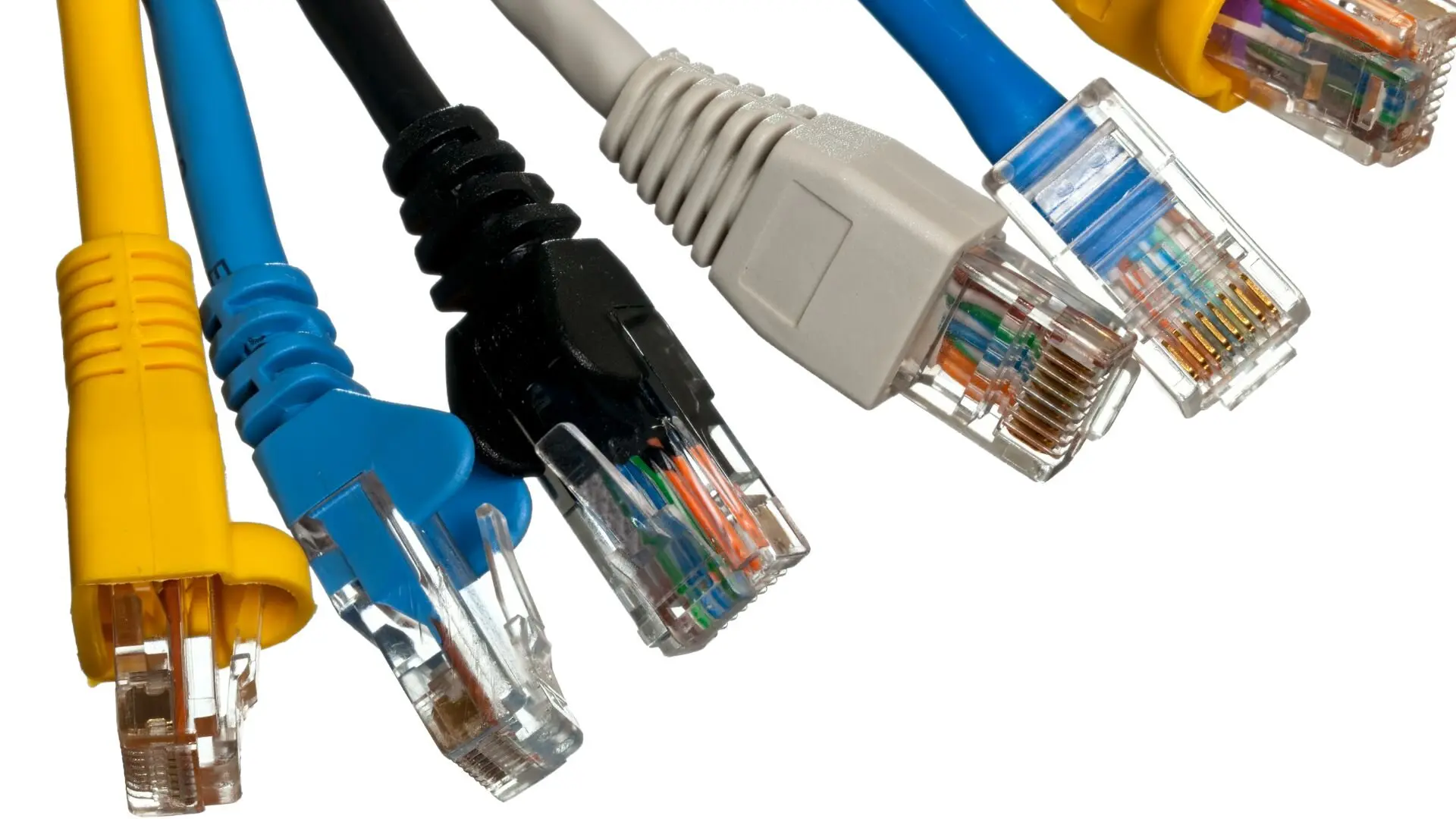
Get your free Melbourne Electrician quote today!
Our team of Melbourne Electricians is here to help you with any questions or concerns you may have. We’re committed to providing you with the best possible service and support.
Choosing the right network cable is crucial for your business’s success. This guide breaks down the differences between Cat5e, Cat6, and Cat6A cables. Discover which cable type offers the speed, reliability, and future-proofing your network demands.
In our fast-paced digital era, reliable connectivity is key for businesses to flourish. While the National Broadband Network (NBN) now connects over 12.29 million homes and businesses throughout Australia, many connections in cities like Melbourne, Sydney, and Brisbane still depend on old coaxial copper cables instead of faster fibre options.
Picking the right network cabling isn’t just a technical choice—it ensures your business runs smoothly today and gears up for tomorrow’s challenges.
Whether you’re after basic connectivity or top-tier performance, knowing the differences between Cat 5e, Cat 6, and Cat 6A cables can guide you in making the right choice for both current and future needs.
Understanding the Basics
Cat 5e, Cat 6, and Cat 6A cables are Ethernet cables used for networking. Here’s a breakdown of their differences:

Small Offices
Small offices can rely on Cat 5e twisted pair cables. They offer sufficient data transfer speeds for tasks like email and browsing without excessive costs. These cables provide gigabit ethernet speeds at a maximum length of up to 100 metres, ensuring reliable performance.
Growing Businesses
For growing businesses, Cat 6 cables are a better option. They deliver enhanced cable performance and higher gigabit ethernet speeds, supporting demanding tasks such as video conferencing and cloud-based applications. This quality cable strikes a good balance between cost and capability.
High-Demand Environments
Cat 6A cables benefit high-demand environments, such as data centres. They are engineered for optimal data transfer speeds and high data transmission rates. They handle gigabit ethernet speeds efficiently, even under heavy loads like virtual reality and big data processing. Their resilience against interference ensures consistent network reliability.
Prioritising your business’s size, network demands, and future scalability will help select the most effective Ethernet cable for your needs.
Get Connected with WP Electrical
Choosing the right Ethernet cable isn’t just about speeds—it’s about ensuring your network meets your business needs, both now and in the future. Whether you’re considering the budget-friendly Cat 5e, the versatile Cat 6, or the robust Cat 6A, the decision can be complex.
That’s where WP Electrical comes in. Our knowledgeable team will help you pinpoint exactly what you need and install a network designed to support your growth and efficiency. Ready to begin? Contact our team today!
Published by: Pascal Harb17 October 2025